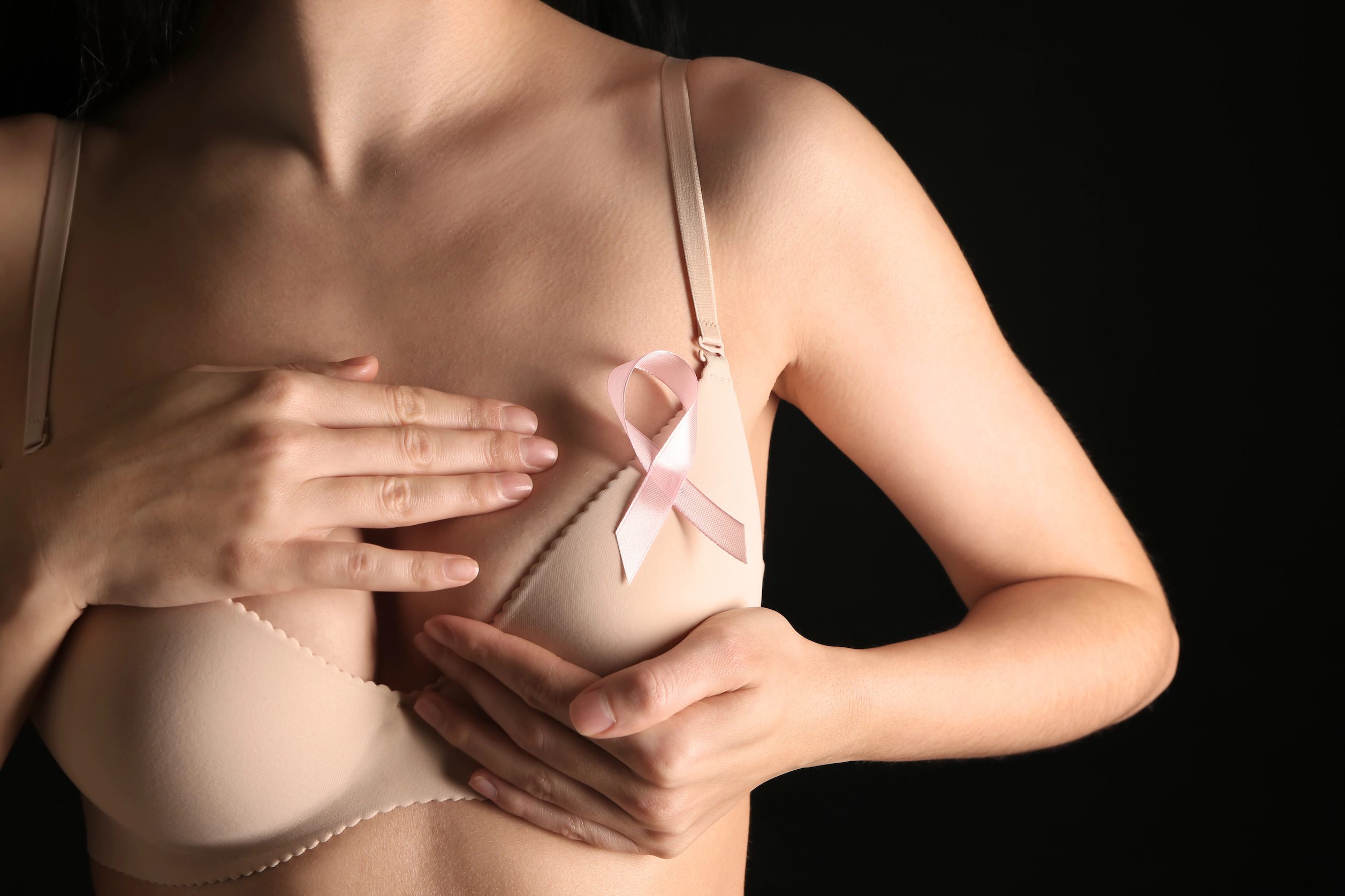Fax: 770-339-9804
Lawrenceville, Georgia 30046

Facing a mastectomy is a life-altering decision, and understanding your options for reconstruction is crucial in navigating your journey. One option that has gained popularity in recent years is the Goldilocks mastectomy. It offers a middle ground between traditional full reconstruction and opting for no reconstruction at all. But how do you know if this procedure is right for you? Let’s explore the details of the Goldilocks mastectomy and help you determine if it fits your needs.
The Goldilocks mastectomy is a specialized form of breast reconstruction that is performed immediately following a mastectomy. The procedure uses the patient’s tissue—specifically the skin and fat left after the removal of breast tissue—to create a small breast mound. This technique doesn’t rely on implants or tissue flaps from other parts of the body, making it less invasive than traditional reconstruction options.
Named after the famous fairytale, the Goldilocks procedure strives to achieve a “just right” balance for women who want to avoid implants but still desire some degree of breast shape post-surgery. It offers a compromise between a full reconstruction and “going flat,” providing a modest contour without needing more complex surgeries.
While the Goldilocks mastectomy is an innovative option, it’s not suitable for everyone. The ideal candidates for this procedure are women with larger breasts or significant breast drooping (ptosis), as the excess skin left after the mastectomy is used to form the breast mound. If you are considering this procedure, several factors will come into play, including your breast size, skin condition, and overall health.
Here are a few considerations to help determine if the Goldilocks mastectomy is right for you:
There are several reasons why women are choosing the Goldilocks mastectomy over traditional reconstruction options. Here are some of the key benefits:
While the Goldilocks mastectomy offers numerous benefits, it’s not the right fit for every patient. Women with smaller breasts or insufficient skin after a mastectomy may not have enough tissue to form a breast mound. In these cases, alternative reconstruction options, such as implants or tissue flaps, may be necessary.
Additionally, if you’re looking for a more significant breast volume or have specific aesthetic goals that require a larger breast size, this procedure may fall short of your expectations. It’s also important to note that some patients may opt for further procedures to enhance their results, such as fat grafting to improve volume.
The Goldilocks mastectomy typically takes around three hours to perform, with recovery times similar to those of a traditional mastectomy. You can expect a recovery period that includes the use of surgical drains and a general healing time of a few weeks. Most patients report that their recovery is less intensive than what is typically seen with full reconstructive surgeries, as there are no implants or donor sites involved.
After surgery, some patients may still choose to wear a supportive bra, but this largely depends on personal preference and the amount of breast tissue left after the procedure.
Ultimately, deciding whether the Goldilocks mastectomy is the right choice for you depends on your personal goals, health status, and preferences. It’s important to have an open dialogue with your surgical team about your options and what you hope to achieve with reconstruction. For women seeking a more natural, less invasive option that provides a subtle breast contour without the need for implants, the Goldilocks mastectomy can be a life-changing option.
Remember, every patient’s journey is unique, and the “just right” approach will differ from person to person. Taking the time to explore your options and understand what fits best with your lifestyle and goals is key to making the right decision for your breast cancer treatment and recovery.